Incheon Hwapyeong-dong Sesutdaeya Naengmyeon Steet (인천 화평동 세숫대야 냉면 거리)
7.8Km 2023-11-15
Hwapyeong-ro, Dong-gu, Incheon
The first naengmyeon restaurant to open in Hwapyeong-dong did so in the early to mid-70s. It wasn't until the early 2000's that the area saw an influx of over 20 naengmyeon restaurants. These days, visitors can choose from 13 restaurants. In the beginning, the servings here were all the standard found anywhere else in Korea. However, many of the factory workers in the area would come here, and ask for additional servings during their lunch break. Eventually, the restaurants began to serve larger sizes, naturally leading to the use of a large bowl to one similar to what people would use when washing their faces. Another specialty of the naengmyeon here is the addition of yeolmu kimchi (young summer radish kimchi). Many restaurants also offer free, unlimited refills on noodles.
Incheon Art Platform (인천아트플랫폼)
7.8Km 2019-03-18
3, Jemullyang-ro 218beon-gil, Jung-gu, Incheon
+82-32-760-1000
Incheon Art Platform is located in Haean-dong of Incheon known for its well-preserved architectural heritage sites and buildings that display both ancient and modern architecture. The complex was established through remodeling buildings constructed in the 1930s and 1940s, and by revamping such landmark buildings as Nippon Yusen Kaisah (Cultural Property No. 248) from the days when Korea first opened its doors to the outside world. The 13 buildings, including studios, library, training center, exhibition and performance halls, that make up Art Platform are expected to develop into a huge street museum in the future, thereby preserving the historical establishments, while displaying the modern interpretation of the past.
Incheon Open Port Culture Night (인천개항장 문화유산 야행)
7.8Km 2024-07-18
80 Sinpo-ro 27beon-gil, Jung-gu, Incheon
+82-2-6961-5434
Incheon Open Port Culture Night focuses on the history, modern culture, and future of Incheon, the first international city in Korea with the opening of the port in 1883. Visitors can enjoy a journey into the past, reimagined in modern times through a wide range of experience programs.
Incheon Japanese Street (인천일본풍거리)
7.8Km 2024-02-16
Gwandong 1(il)-ga, Jung-gu, Incheon
Incheon Japanese Street, established following the opening of Incheon and Jemulpo Ports in 1883, was home to the Japanese concession. It preserves several Japanese-style wooden houses and stone structures from that era. These wooden houses, designed in the distinctive style of Japanese architecture where a storefront is integrated into the residential building, have been renovated and are now serving as cafés and exhibition halls. Nearby, visitors can also explore Incheon Chinatown and the Gaehangjang (Open Port Area) Street.
Jemulpo Club (제물포구락부)
7.8Km 2024-12-24
25 Jayugongwonnam-ro, Jung-gu, Incheon
+82-32-765-0261
Jemulpo Club, also called Jeumulpo Gurakbu, was established in 1901 to be used as the venue for foreigners such as American, English, German, French, Russian and a small minority of Chinese and Japanese all living in Incheon to build up friendships before opening the port. The two-story brick building was comprised of a library room, pool table, tennis court and others facilities.
The site was used as Incheon Museum from 1953 to 1990 and Incheon Cultural Center from 1990 to 2006. In 2007, the name was changed to Jemulpo Gurabu, imphasizing the Japanese pronunciation of "club." It now offers a site for experiencing modern culture interactions.
Daebul Hotel Exhibition Hall (대불호텔전시관)
7.9Km 2024-12-23
101 Sinpo-ro 23beon-gil, Jung-gu, Incheon
This museum is located on the site of Daebul Hotel, Korea's first Western-style hotel, established in 1889. The hotel was demolished in 1978, but parts of the hotel structure were discovered in 2011 and rebuilt to preserve the hotel's original appearance. The first floor is the Daebul Hotel Exhibition Hall, through which visitors can see traces of Daebul Hotel at the time. The second floor is the Jung-gu Life History Museum, where visitors can get a glimpse of life in Incheon's Jung-gu area in the 1960s and 1970s.
Namdong Street of Lights (남동 빛의 거리)
7.9Km 2025-06-09
Mansu-dong, Namdong-gu, Incheon
82+32-453-2143
Namdong Street of Lights not only offers spectacular scenery highlighting local charms, but also provides a variety of entertainment such as busking performances, local arts, and more to offer a leisurely retreat for the local residents and tourists alike.
Oido Island (오이도)
7.9Km 2025-05-08
175 Oido-ro, Siheung-si, Gyeonggi-do
Located off the western coast of the city of Siheung, Oido Island was originally an island and then connected to the mainland during the Japanese occupation as its tidal flats were used as a salt plant. During the day, the blue sea and the red lighthouse, the symbol of Oido, create a picturesque scene. In the evening, visitors can enjoy the spectacular sight of red sunsets over the sea. It also includes the largest prehistoric site on the west coast. The expansive tidal flats are home to a wide variety of creatures, attracting seasonal migratory birds.
Korean-Chinese Cultural Center (한중문화관)
7.9Km 2021-02-26
238, Jemullyang-ro, Jung-gu, Incheon
+82-32-760-7860
The Korean-Chinese Cultural Center, located within Incheon Chinatown, was built to facilitate mutual understanding between Korea and China by learning more on each other's culture, history, economy and society. Diverse performances are available, along with special exhibitions, and Chinese cultural lectures. The Chinese cultural experience corner and reading room on Korean-Chinese history & culture are put in place for visitors to enjoy while learning. In addition, on the weekends, Chinese language classes for Koreans, Korean language classes for foreigners, free movie screenings, and other exhibits are also available.
Cheongil Jogyeji Stairway (청일조계지 경계 계단)
7.9Km 2025-05-20
Seollin-dong, Jung-gu, Incheon
The border stairs of the Sino-Japanese Concession (an exclusive residential area set up for foreigners to live freely in ports opened for foreign trade) are located on a steep hill southwest of Jayu Park. It is a meaningful attraction with a history of about 120 years. The concession areas are divided into the Qing Dynasty concession on the left and the Japanese concession on the right with the stone stairs in the center. The buildings on the left and right clearly show each country's architectural styles and characteristics of the past.

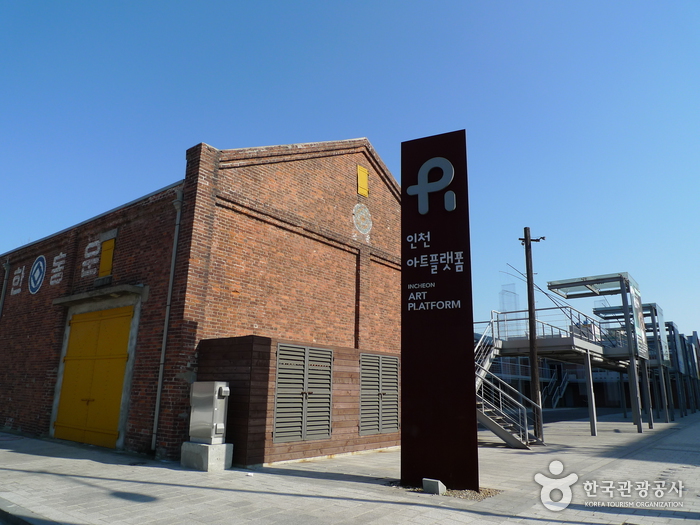
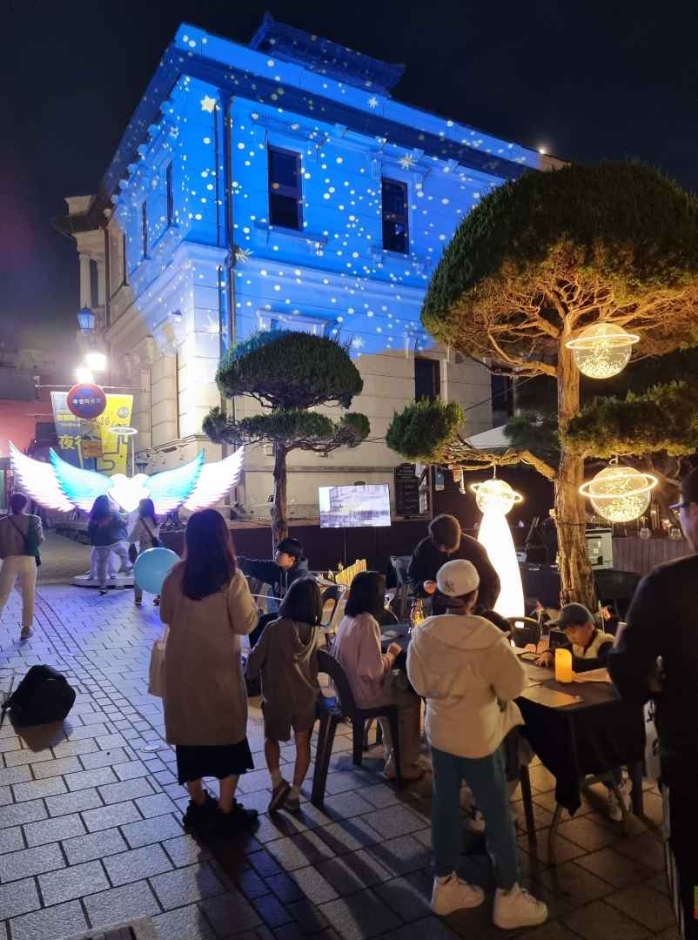
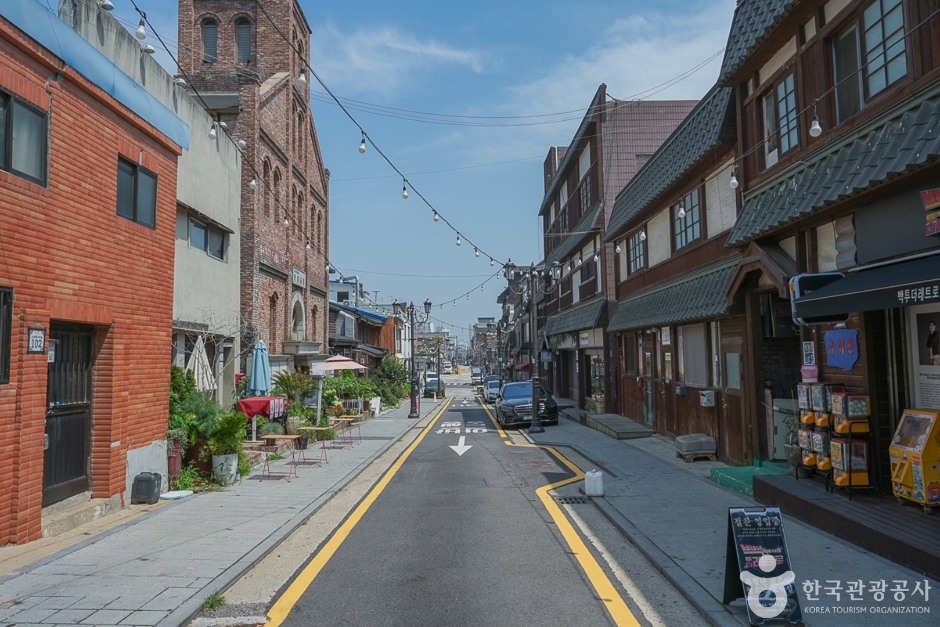
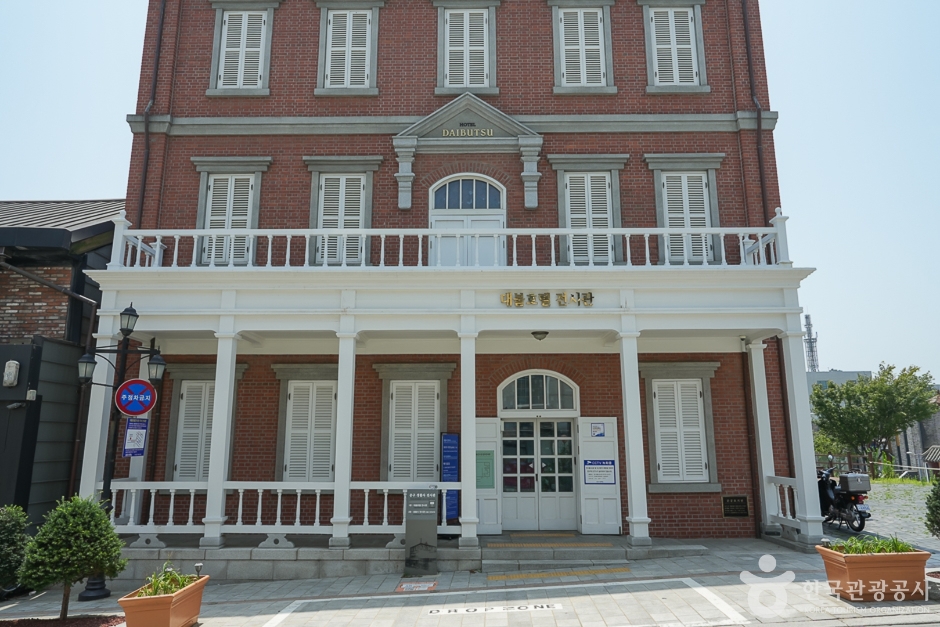
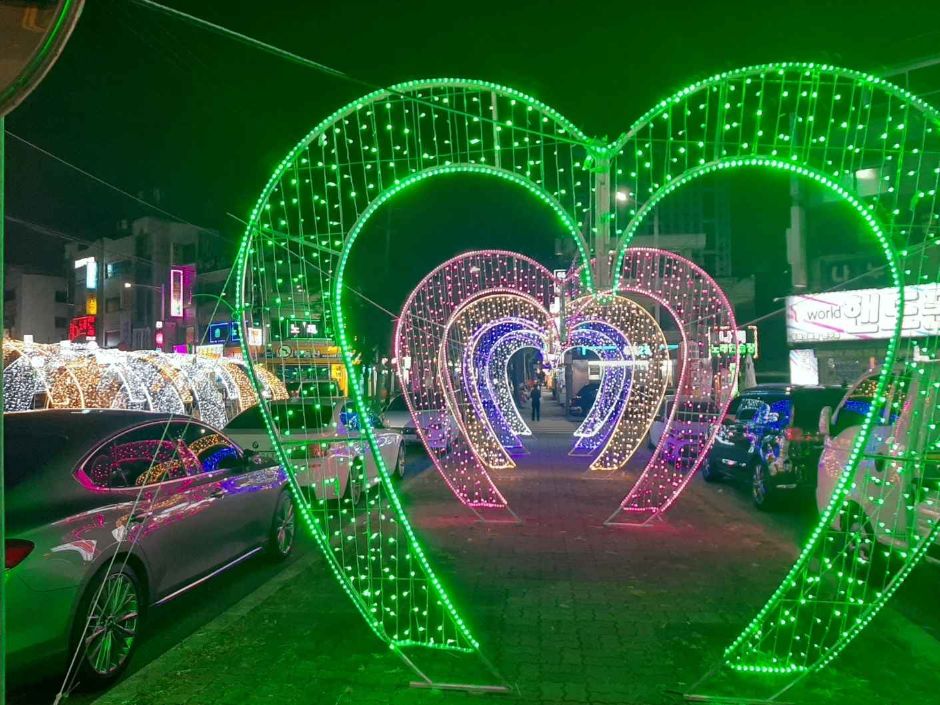
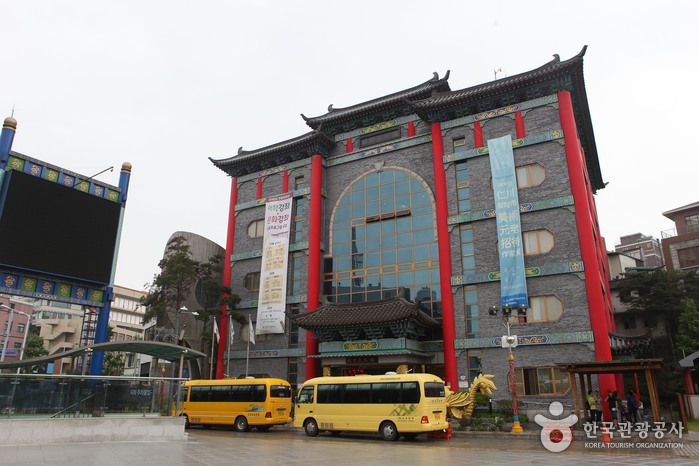
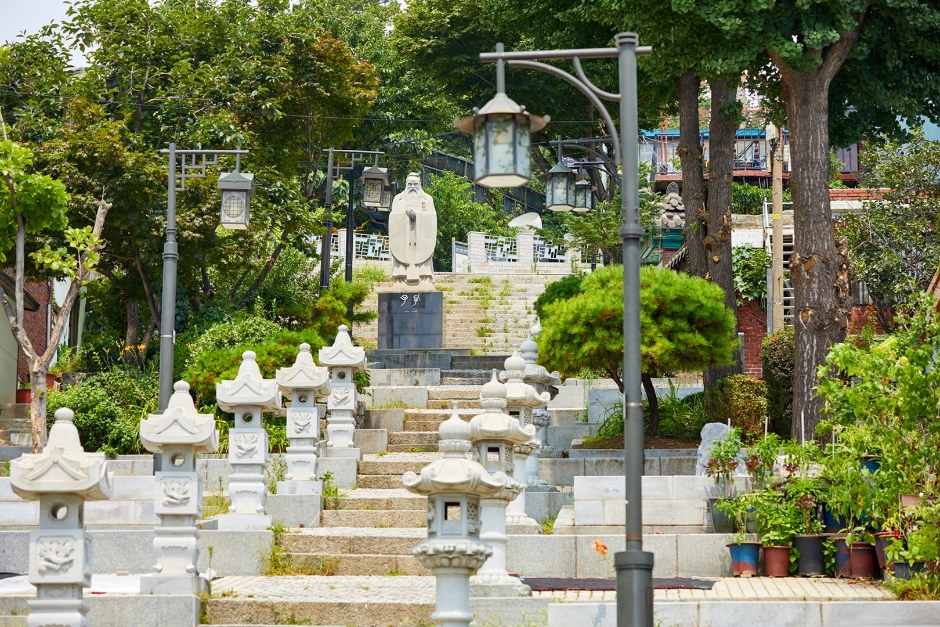
 English
English
 한국어
한국어 日本語
日本語 中文(简体)
中文(简体) Deutsch
Deutsch Français
Français Español
Español Русский
Русский